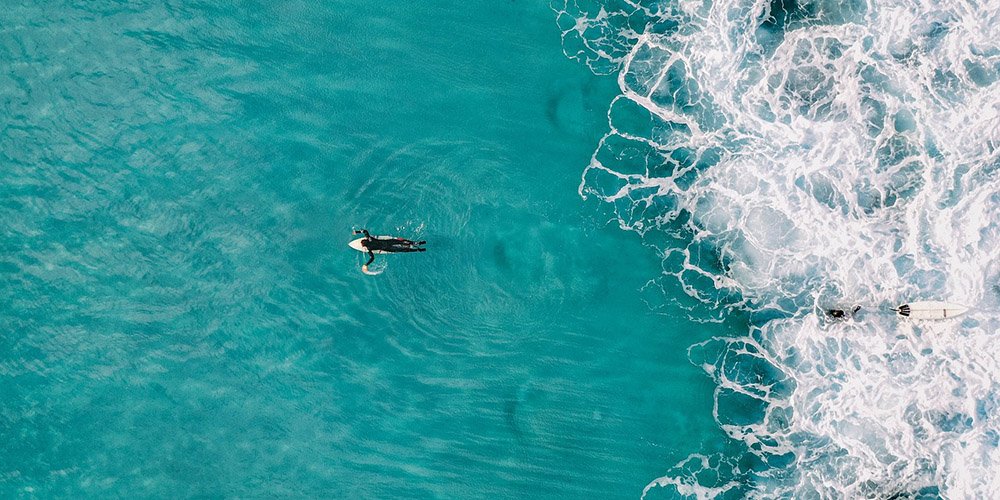Surfing in Aruba: A Complete Guide
When you think of Aruba, visions of white sandy beaches and crystal-clear waters probably come to mind. While this Caribbean island is a popular destination for sun-seekers, it’s also a hidden paradise for surfers. The island’s north and east coasts offer consistent waves, warm waters, and stunning natural beauty. Whether you’re a seasoned surfer or a beginner looking to catch your first wave, Aruba has something to offer. Here’s everything you need to know about surfing in Aruba.
Best Time to Surf in Aruba
October to March is considered the prime season for surfing in Aruba. During these months, powerful swells from the North Atlantic Ocean bring in consistent waves that range from moderate to massive, making it the perfect time for surfers of all levels.
If you can’t make it during the prime season, the months of June and July also provide good surfing conditions, mainly due to Aruba’s famous trade winds. While the waves during this time are primarily wind-driven and choppier than winter swells, they still offer plenty of opportunities to hit the surf.
- Temperature: Expect 82°F (28°C) year-round, making wetsuits unnecessary, though the trade winds can cool things down during peak hours.
- Weather: Aruba enjoys a dry season from January to September. The rainy season from October to December may bring short bursts of rain, but this rarely affects surf conditions.
Also read: Surfing in Curaçao: A Caribbean Adventure for All Skill Levels

Top Surf Spots in Aruba
1. Arashi Beach
Located at the northern tip of Aruba, Arashi Beach is known for its powerful reef break. The waves here are ideal for experienced surfers, especially during the winter months when swells can reach up to 10 feet. Arashi offers a combination of stunning scenery—being located near the California Lighthouse—and consistent waves. While the outer breaks are best suited for advanced surfers, beginners can enjoy smaller, manageable waves closer to shore.
- Best Time to Surf: December to February
- Skill Level: Intermediate to Advanced
- Hazards: Reef break close to shore; be cautious of rocks.
2. Dos Playa
This surf spot consists of two secluded coves, offering big, powerful waves that can easily break boards. Dos Playa is not for the faint of heart—it’s best suited for advanced surfers looking for a challenge. The waves here can rise up to 6 feet, especially in the late afternoon, providing thrilling rides. Since Dos Playa is a remote area located in Arikok National Park, it doesn’t have nearby amenities, so plan ahead.
- Best Time to Surf: Late afternoon during winter swells
- Skill Level: Advanced
- Hazards: Powerful waves, no nearby surf shops or rentals, and limited access.
3. Wariruri Beach
A more beginner-friendly spot, Wariruri Beach offers gentle, consistent waves on both sides of the beach, making it perfect for those just starting out or surfers looking for a relaxed session. December is the best month to visit Wariruri, as 20% of the time the conditions are clean, offering long, smooth rides.
- Best Time to Surf: December to February
- Skill Level: Beginner to Intermediate
- Hazards: Mild waves, but be mindful of the north-side currents.
4. Manchebo Beach
Known for its powerful, hollow beach break, Manchebo Beach is an exciting option for intermediate and advanced surfers. The waves can get quite fast, with big swells forming when the wind is just right. However, this spot is not as consistent as others, so timing is key.
- Best Time to Surf: Late fall through winter
- Skill Level: Intermediate to Advanced
- Hazards: Fast, hollow waves and shifting conditions.
5. Andicuri Beach
This remote east coast spot offers some of the most challenging waves on the island, thanks to the powerful swells and rocky shoreline. Andicuri Beach is less crowded, providing an isolated, adventurous surfing experience.
- Best Time to Surf: Year-round, though best during winter swells
- Skill Level: Intermediate to Advanced
- Hazards: Rocky reef breaks and limited amenities.
Also read: Surfing in Colombia: A Hidden Gem for Adventurous Surfers

Surf Schools and Rentals
For those new to surfing or hoping to sharpen their skills, Aruba has a few surf schools that offer lessons and equipment rentals:
- Aruba Surf & Paddle School (located in Noord) offers private and group lessons, as well as equipment rentals starting at $35 USD per day.
- Armando’s Kite Shack: While primarily for kitesurfing, they also offer surfboard rentals and lessons for those wanting to transition into wind sports.
Conditions and What to Expect
- Wind: Aruba’s famous trade winds blow steadily from the northeast, creating waves year-round. However, in the summer, these winds can make the water choppier, which may be less ideal for longboarders.
- Water Temperature: The water stays warm all year, making it comfortable to surf without a wetsuit.
- Crowds: While popular surf spots can get busy on weekends, especially Dos Playa and Wariruri, they remain relatively quiet during the week.
- Tide and Hazards: Many surf spots, particularly Arashi and Dos Playa, have reef breaks that can be dangerous if you’re not cautious. Always check the tide and surf conditions before heading out.
Conclusion
Surfing in Aruba offers a unique combination of tropical beauty, warm waters, and diverse waves. Whether you’re catching beginner waves at Wariruri or tackling the adrenaline-pumping swells at Dos Playa, Aruba’s surf scene has something for everyone. Make sure to time your visit between October and March for the best conditions, and don’t forget to bring an extra board if you’re heading to some of the more challenging spots!
Aruba’s waves may not be as famous as those in Hawaii or California, but for those looking to combine a relaxing island vacation with some epic surf sessions, this Caribbean island is the perfect destination.





